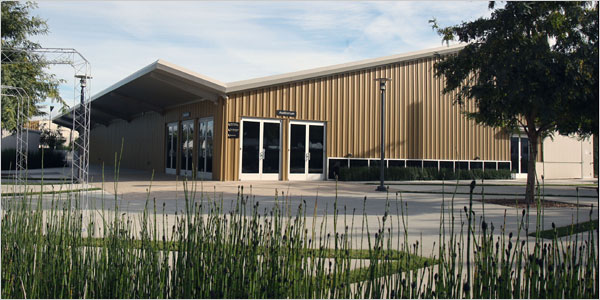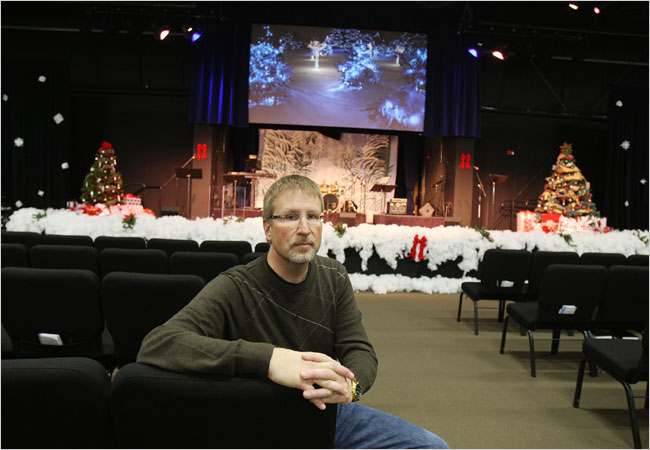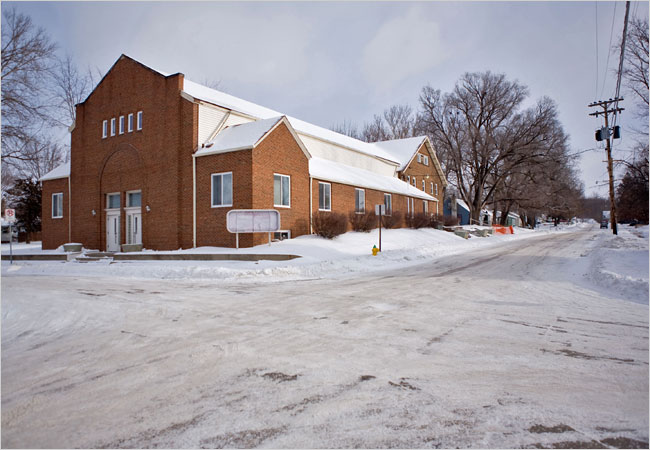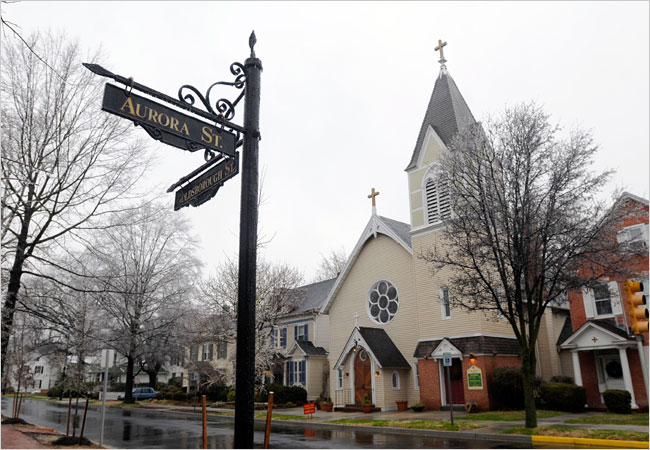| Want to send this page or a link to a friend? Click on mail at the top of this window. |
More Special Reports |
| Posted December 28, 2008 |
| Business |
| Foreclosures Don't Spare the House of God |
 |
| J. EMILIO FLORES FOR THE NEW YORK TIMES |
| Seabreeze Church bought this building in Huntington Beach, Calif., in 2004 and is struggling to pay the mortgage. |
| By LOUISE STORY |
|
|
|
 |
|
| J. EMILIO FLORES FOR THE NEW YORK TIMES | |
| Bevan Unrau, senior pastor at Seabreeze Church, compared the church to a couple that "stretched their first home." | |
|
|
|
|
|
 |
|
| MARK KEGAN FOR THE NEW YORK TIMES | |
| Living Truth Church lost this Des Moines building to foreclosures and uses a Boys & Girls Club. | |
|
|
|
|
|
 |
|
| STEVE RUARK FOR THE NEW YORK TIMES | |
| St. Andrew's Anglican Church in Easton, Md., defaulted on its mortgage and must move. | |
|
|
| Wehaitians.com, the scholarly journal of democracy and human rights |
| More from wehaitians.com |